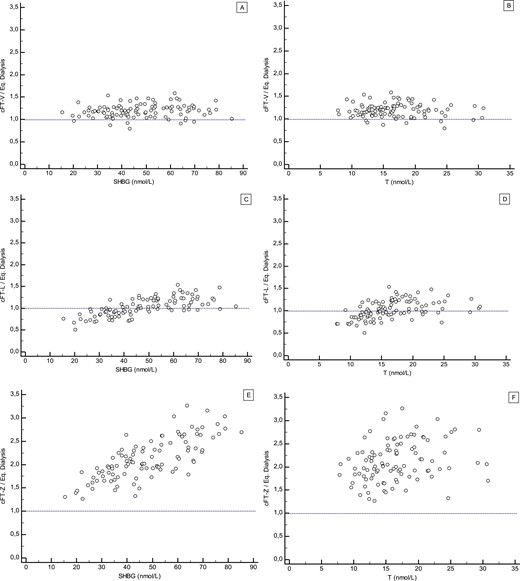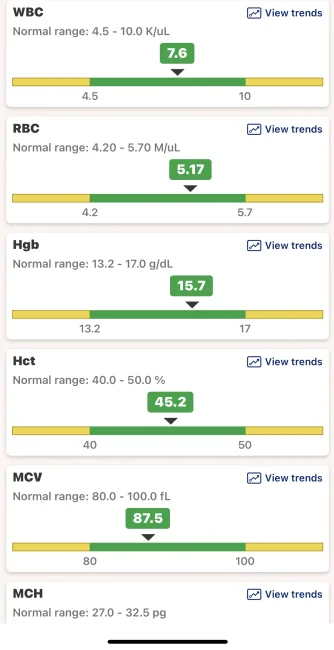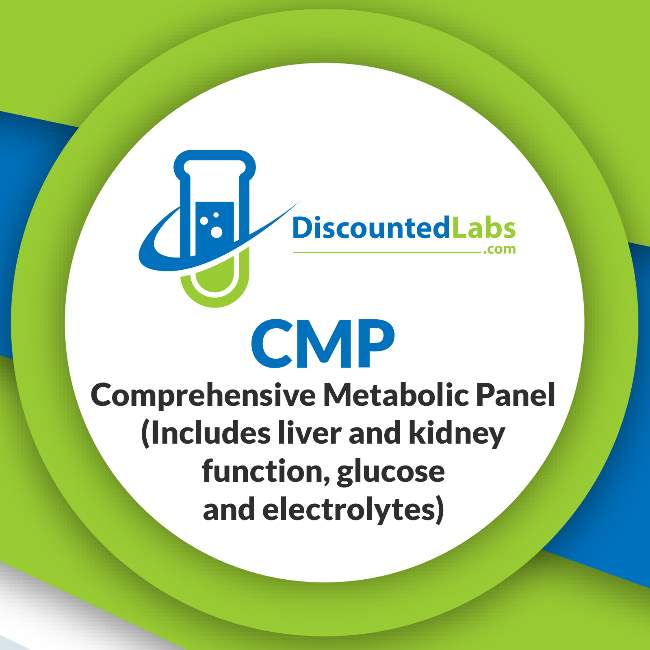Started out at .10 per day and then they increased to .15 per day and then to .20 per day.
My T levels increased moderately at first from
250 total to 500 total. I don’t have the data on free initial T handy. At 500 total I was at 74 free. Then it went up to 1400 total and 300 free. Then from there it went up again to 2772 total and 723 free.
You are clearly overmedicated here!
Who the hell is treating you?
The majority of men on TRT are using the 200 mg/mL strength TC/TE.
.10 ml (10 units) per day would be 20 mg T (140 mg T/week).
.15 mL (15 units) is 30 mg T (210 mg T/week).
200 mg T/week is already a whopping weekly dose for most!
Men on TRT are using therapeutic dose 100-200 mg T whether injected once weekly or split into more frequent injections as in twice-weekly, M/W/F, EOD or daily.
The majority of men can easily hit a healthy/high trough FT injecting 100-150 mg T/week especially when split into more frequent injections.
Yes there are some outliers who may need the higher-end dose 200 mg T/week but it is far from common as in RARE!
.20mL (20 units) is a ridiculous 280 mg T/week!
Well beyond therapeutic as you can clearly see you are hitting an absurdly high TT 2772 ng/dL and more importantly sky f**king high FT 72.3 ng/dL!
Your TT/FT levels are ridiculous as in well beyond therapeutic!
Surefire way to drive your H/H!
Post your full set of labs including RBCs,hemoglobin and hematocrit.
When you were hitting a whopping TT 1400 ng/dL your FT 30 ng/dL was very high!
If you truly felt good there, no sides and overall blood markers were healthy then I see no issue running a very high FT on dailies!
Do what you feel is best for you!
But the running this TT 2700+ ng/dL with FT 70+ng/dL is pure nonsense!
Again this is well beyond therapeutic!
Show me a healthy young natty male walking around with a high-end TT let alone 1000+ with FT through the roof that has low/lowish let alone normal SHBG!
Such does not exist!
This is a short-lived peak we are talking about here not trough!
Hope you understand that a FT 20 ng/dL is high!
A healthy young male has a daily peak/trough, the peak is short-lived, trough is 20-25% lower.
Even if you took the outlier nattys hitting a high-end FT again this is a short-lived daily peak.
Just to be clear up any confusion this is Fiers camps data for mFT reference ranges not the harmonized reference range being worked on by the CDC. *Serum samples were analyzed from healthy men participating in the SIBLOS/SIBEX and EMAS studies, both population-based cohort studies * mFT...

www.excelmale.com
*We established mFT reference ranges for healthy men aged 18 to 69 years
We present 95% mFT age-stratified reference ranges
Age category (years)
|
Median mFT (ng/dl)
|
95% mFT reference range (ng/dl)
|
25-29 (n=148)
|
10.3
|
5.6 - 17.1
|
30-39 (n=252)
|
9.7
|
4.9 - 18.1
|
40-49 (n=207)
|
8.0
|
4.3 - 13.5
|
50-59 (n=146)
|
7.0
|
3.8 - 12.6
|
60-69 (n=114)
|
5.9
|
3.3 - 11.9
|
*The gold-standard for the determination of FT levels is considered to be directly measured free testosterone (mFT) using equilibrium dialysis followed by mass spectrometry (ED LC-MS/MS). However, no widely accepted reference ranges are available for this clinical parameter. We established mFT reference ranges for healthy men aged 18 to 69 years
*Serum samples were analyzed from healthy men participating in the SIBLOS/SIBEX and EMAS studies, both population-based cohort studies
* mFT levels were measured in 867 men using ED LC-MS/MS as previously reported (1).
Reference: 1. Fiers T, Wu F, Moghetti P, Vanderschueren D, Lapauw B, Kaufman JM.
Reassessing Free-Testosterone Calculation by Liquid Chromatography–Tandem Mass Spectrometry Direct Equilibrium Dialysis. J Clin Endocrinol Metab. 2018;103(6). doi:10.1210/jc.2017-02360
Reassessment of FT in women and men with state-of-the-art methodology confirms previously established FT percentages but highlights limitations of differen

academic.oup.com
In the current study, we used a state-of-the-art direct ED method to reassess FT in sets of representative serum samples. This method takes advantage of the ability of a highly sensitive and accurate measurement of T by liquid chromatography–tandem mass spectrometry (LC-MS/MS) to reliably measure the low FT concentration directly in the dialysate after ED. This more straightforward method avoids potential sources of inaccuracy in indirect ED, such as those resulting from tracer impurities or from measures to limit their impact (e.g., sample dilution). We then used the measured FT results to re-evaluate some characteristics of two more established and a more recently proposed calculations for estimation of FT.

















